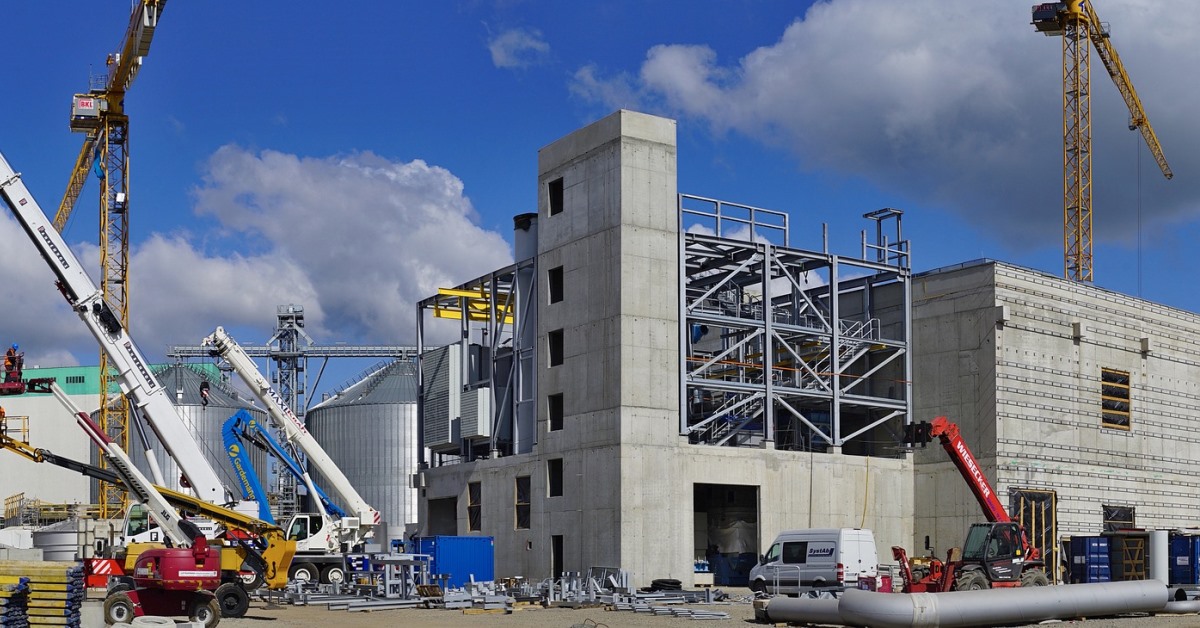
In summer 2021, the 87th Texas Legislature convened and passed legislation that overturned decades of case law regarding contractor liability. The overall effect of the legislation acts to limit contractors’ exposure to liability regarding unknown design defects.
Texas Senate Bill 219
The 87th legislature passed S.B. 219, codified in Chapter 59 of the Texas Business and Commerce Code. The bill provides:
“A contractor is not responsible for the consequences of design defects in and may not warranty the accuracy, adequacy, sufficiency, or suitability of plans, specifications, or other design documents provided to the contractor by a person other than the contractor’s agents, contractors, fabricators, or suppliers, or its consultants, of any tier.”
TEX. BUS. & COM. CODE § 59.051(a).
However, if a contractor does learn of a defect, the contractor is required to notify the owner within a reasonable time of discovering the defect. Id. at § 59.051(b). Should the contractor fail to notify the owner within a reasonable time, the contractor may be liable for consequences of the defect. Id. There are several notable instances to which these statutory protections do not apply: (1) contracts regarding critical infrastructure facilities; (2) design-build projects where the design defect is in the design documents for which the contractor is responsible under the contract; and (3) engineering, procurement, and construction contracts. See TEX. BUS. & COM. CODE § 59.001(3)-(6). This legislation serves as a departure from the previous Texas case law that imposed a heightened standard of design defect accountability on contractors.
Texas Case Law on Contractor Liability
Prior to S.B. 219 the prevailing standard for contractor liability was the holding in Lonergan v. San Antonio Loan & Tr. Co., 101 Tex. 63 (1907). In 1907 the Supreme Court of Texas found that a contractor bore the risk of liability for defective design plans and specifications, because successful performance of the contract was predicated on his ability to complete and deliver a structure. See Lonergan, 101 Tex. at 76. Subsequently, in 2012 the liability of contractors related to design defects was affirmed by the Supreme Court of Texas again. See El Paso Field Servs., L.P. v. MasTec N. Am., Inc., 389 S.W.3d 802, 811-12 (Tex. 2012).
These rulings were contrary to the prevailing national standard established by the Supreme Court of the United States. In 1918, the Supreme Court held that contractors are not responsible for determining the sufficiency of plans and specifications provided by an owner, so liability could not be imposed for damages resulting exclusively due to design defect. See United States v. Spearin, 248 U.S. 132, 136-37 (1918). The language of S.B. 219 appears to shift Texas law in the direction of the national standard for contractor liability regarding design defects .

